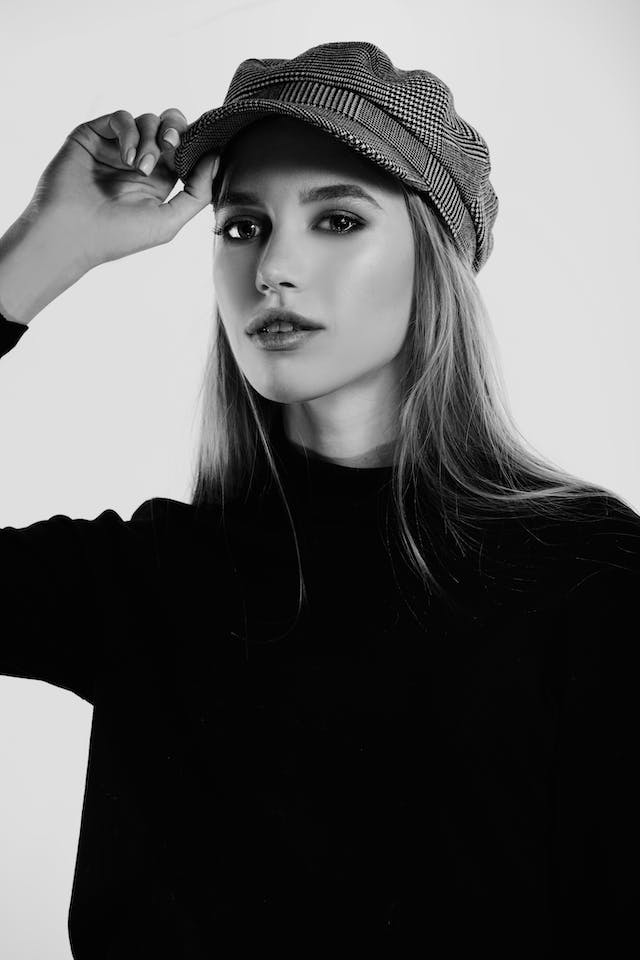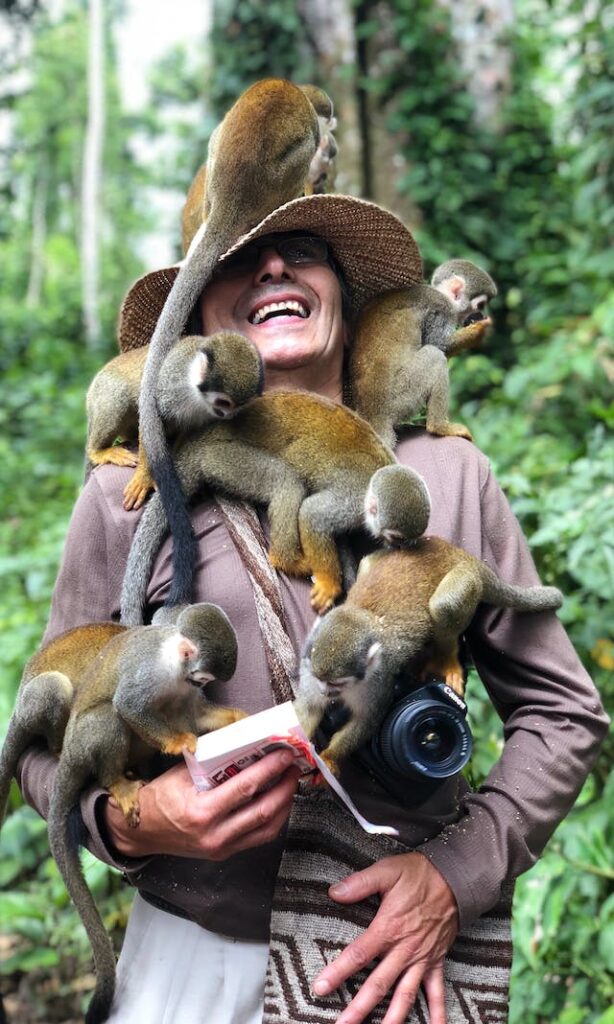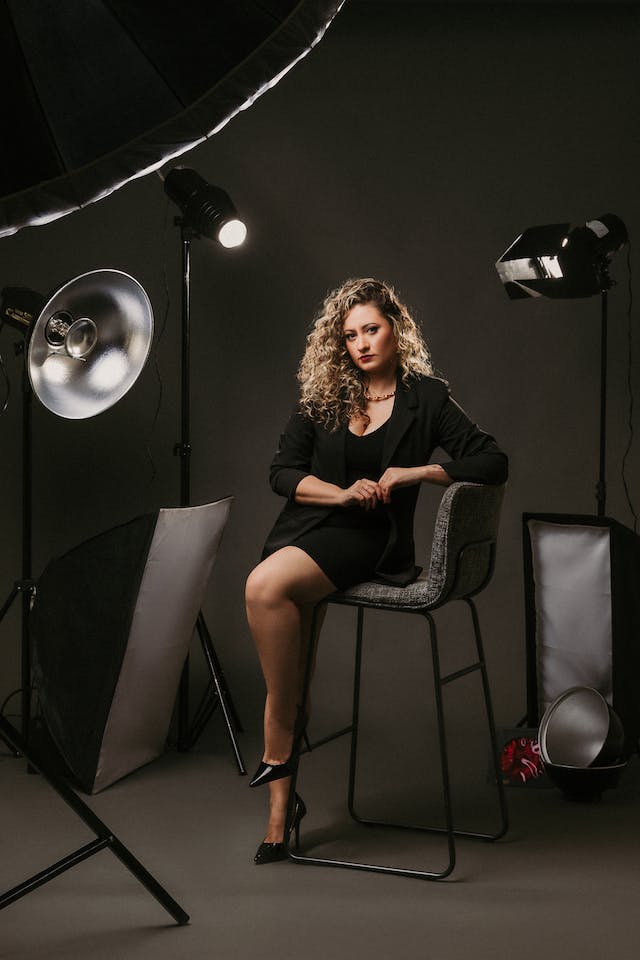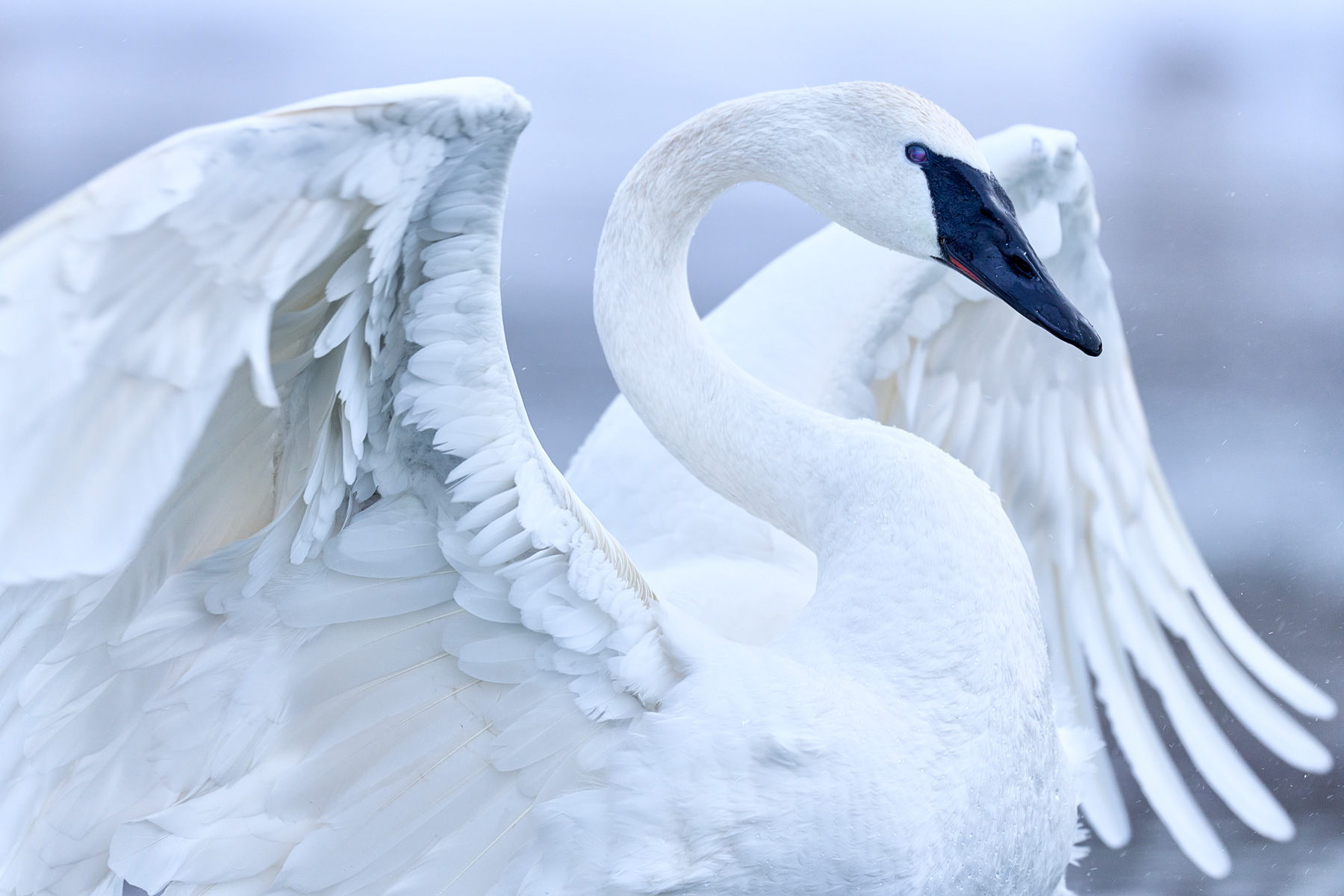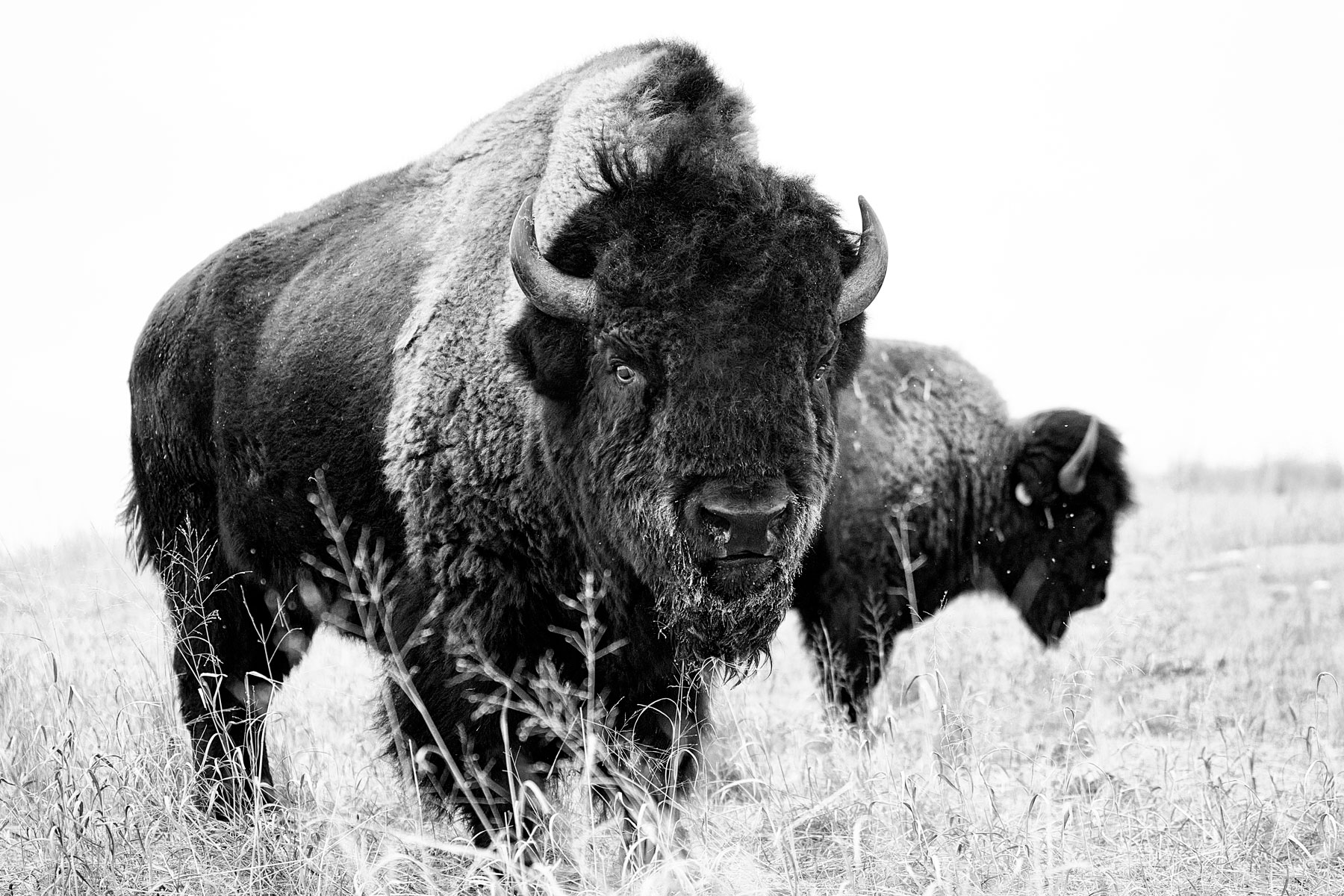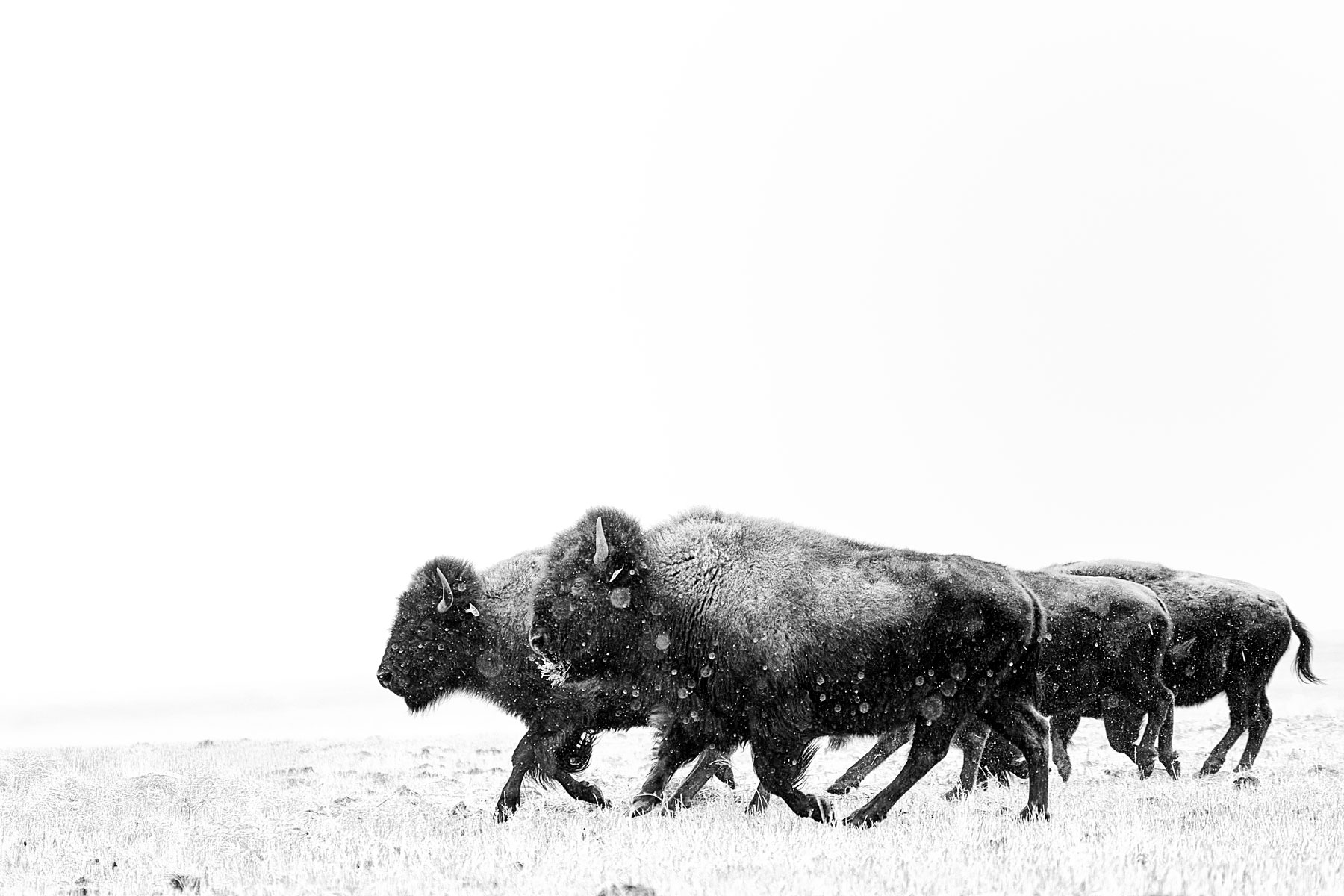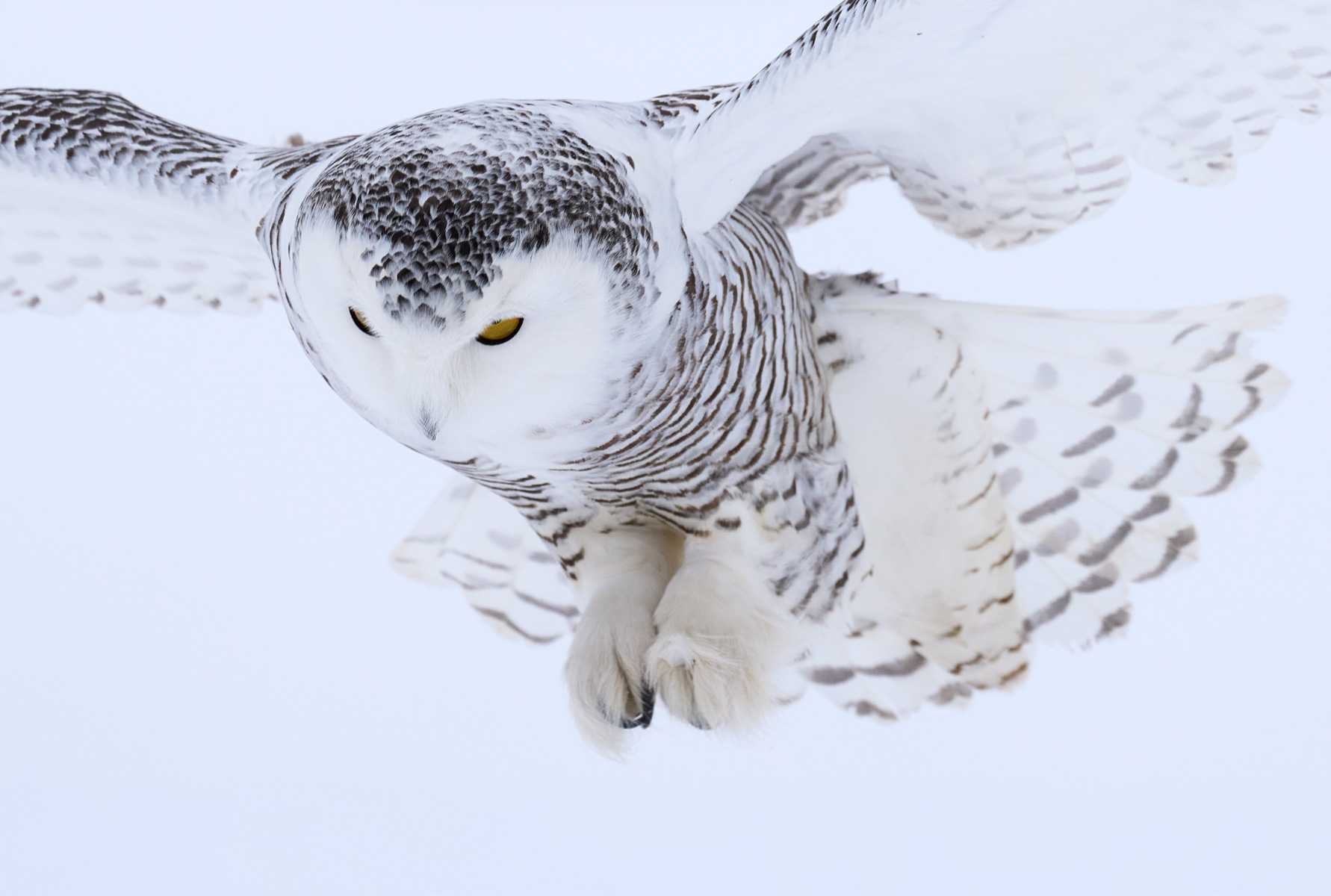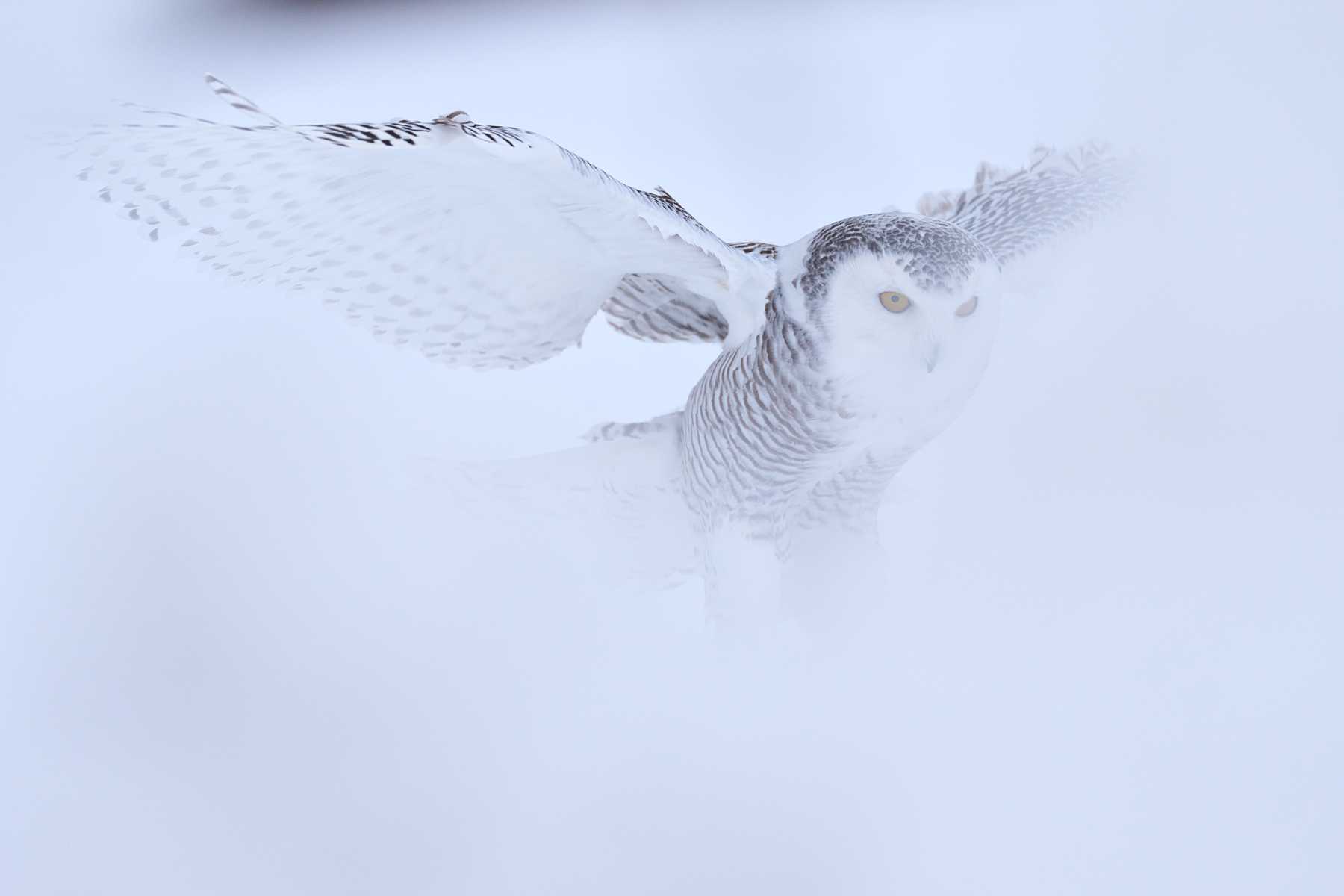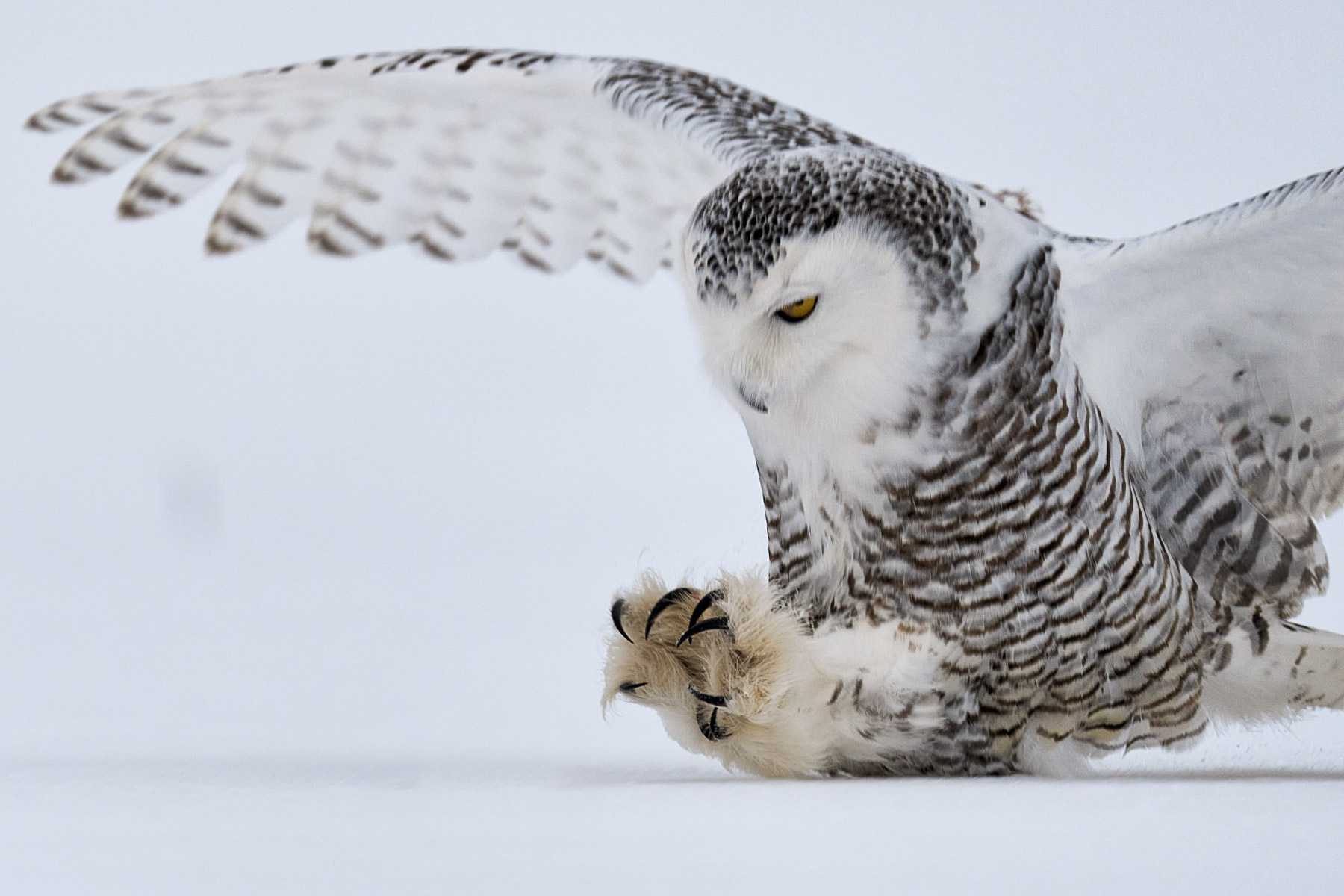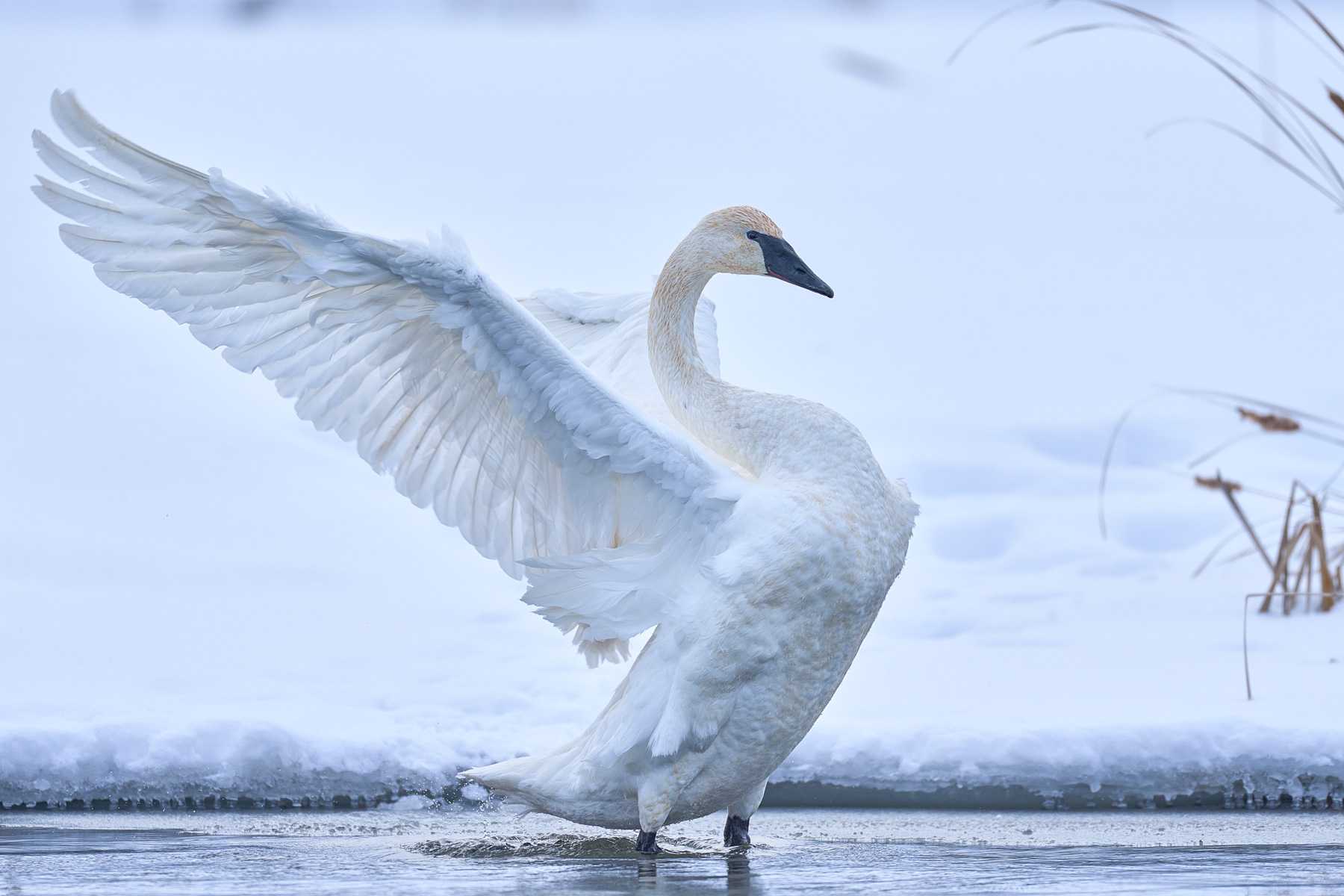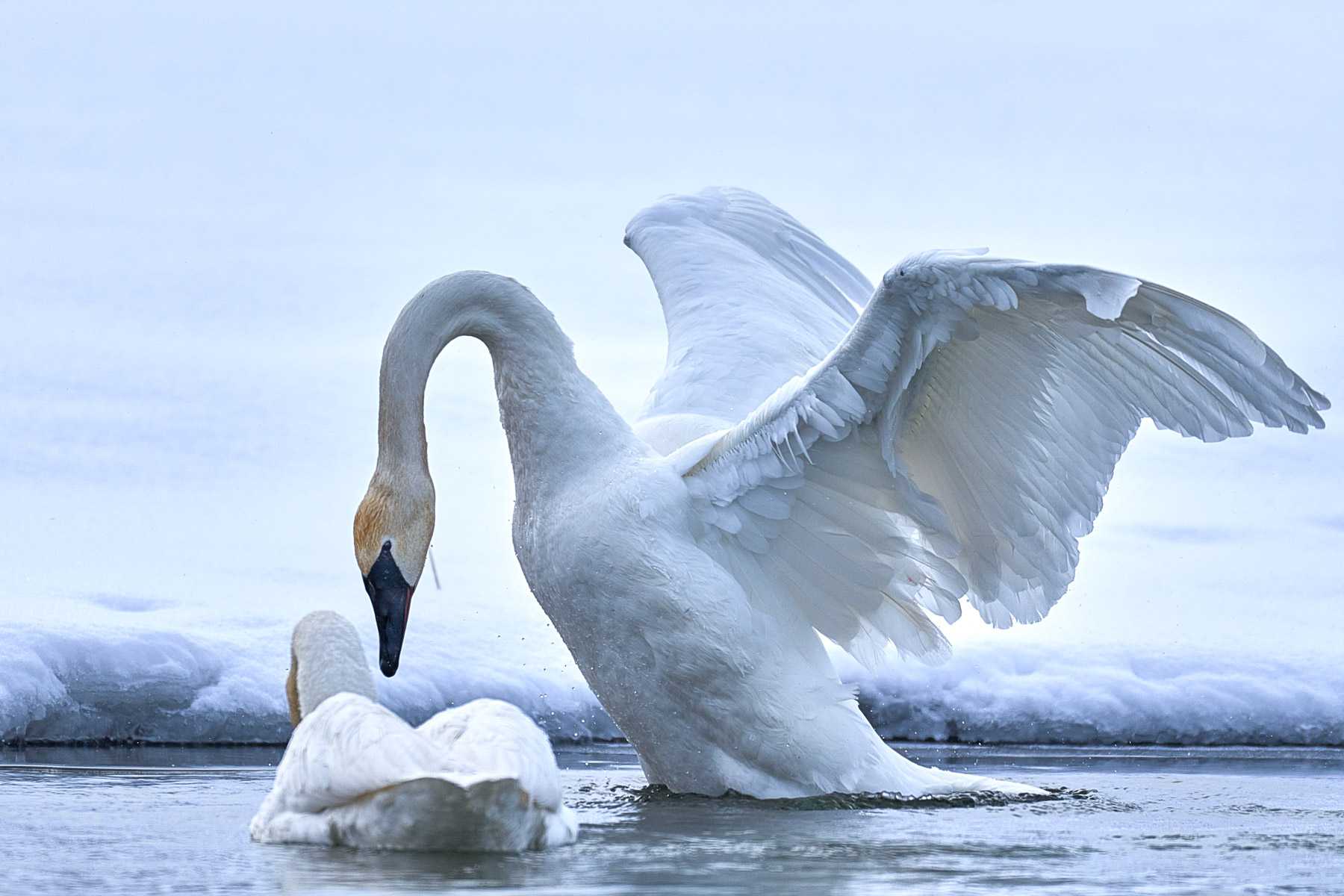
Subject Matter:
Fashion Photography
- Human-Centered: The primary subjects are models. These individuals are often chosen to represent a certain look or style that the fashion designer or brand wishes to portray.
- Clothing and Accessories: The items being showcased are typically clothing, shoes, jewelry, and other fashion accessories. The photographer’s job is to highlight these items in a way that they look appealing to the consumer.
- Storytelling: Fashion photography often tells a story or creates a mood. This can be influenced by the clothing style, the way the model is posed, the expressions on the model’s face, and the overall setting of the shoot.
- Art Direction: There is usually a strong element of art direction involved. The photographer works with a team to conceptualize the shoot, which can range from the simple showcasing of a product to an elaborate thematic or narrative scene.
- Visual Appeal: The end goal is often to produce images that will attract consumers and sell a product or brand image. This can involve creating visually striking images that stand out in an advertisement, a magazine, or a catalog.
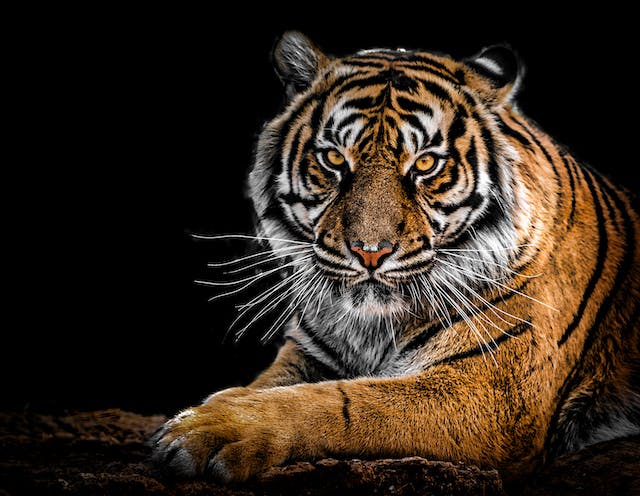
Wildlife Photography
- Animal-Centered: The subjects are animals in their natural habitats. This can range from birds in flight to predators in action or serene moments captured within a landscape.
- Natural Behavior and Environment: The aim is to capture animals as they are, often highlighting their behaviors, interactions with other animals, and their role in the ecosystem.
- Conservation and Education: Wildlife photographers often have a goal beyond just capturing beautiful images; they may aim to raise awareness about the species or the environmental issues affecting them.
- Unpredictability: Unlike posed models, animals are unpredictable. Photographers have to be prepared to capture the action at any moment, which requires both patience and an understanding of the animal’s behavior.
- Authenticity: The emphasis is on real life and the natural state of the animals. Photographers often try to have minimal impact on the wildlife they are capturing to preserve the authenticity of the interaction or behavior.
Expanding the Comparison
In both disciplines, the subject matter is not just photographed for what it is but also for what it represents. In fashion studio photography, the human subjects and their attire are often a canvas to project ideas of style, beauty, culture, and identity. The photographers not only capture a garment but also the image and emotion that the garment is meant to evoke.
In wildlife photography, the animal is more than just an animal in the frame; it can be the embodiment of nature’s beauty, wilderness, and the plight of the natural world. Wildlife photographers capture moments that can elicit emotional responses from viewers, perhaps leading to greater appreciation or awareness about wildlife conservation.
Both types of photography can also cross into the realm of fine art. In fashion, a photograph can be appreciated for its aesthetic and conceptual strength, beyond its commercial purpose. In wildlife, a photograph can be valued for its artistic portrayal of animals, often showcasing the photographer’s unique vision and the grandeur of nature. These photographs can become collectible items, appreciated for their artistic value as much as for the subjects they portray.
Environment:
Fashion Studio Photography
- Controlled Setting: In a studio, photographers have full control over the environment. This includes control over background elements, whether it’s seamless paper, elaborate sets, or sophisticated lighting rigs.
- Lighting: Studio photographers can sculpt the light to their liking using various tools. They might use softboxes to diffuse light, creating a flattering soft glow on the subject, or they could use snoots and grids to direct light precisely for dramatic effect.
- Staging and Props: Every aspect of the scene can be meticulously planned and arranged. Props can be positioned just so, the background can be changed, and the set can be customized to fit the creative vision of the shoot.
- Predictability and Repetition: The studio environment allows for do-overs. If a shot doesn’t come out as intended, lighting and poses can be adjusted, and the shot can be taken again.
- Comfort and Convenience: Studios provide a comfortable working environment for the team and the models, sheltered from weather and environmental factors, which can make the logistics of a fashion shoot much easier.
Wildlife Photography
- Natural and Uncontrolled Setting: Wildlife photographers work in the animals’ natural habitats, which can range from the savannas of Africa to the polar regions. Each setting presents its unique challenges and opportunities.
- Natural Lighting: Photographers must adapt to the existing lighting conditions, which can vary widely throughout the day and according to weather conditions. Golden hours, such as sunrise and sunset, are often targeted for the most dramatic natural light.
- The Element of Chance: Wildlife photography often relies on being in the right place at the right time. Unlike in a studio, you cannot position an animal; you must wait for the moment when the animal presents itself in the best way.
- Environmental Factors: Photographers often contend with environmental factors like harsh weather, difficult terrain, and sometimes even the danger posed by the wildlife themselves.
- Ethical Considerations: There’s an ethical dimension to wildlife photography. Photographers must respect the wildlife and the environment, maintaining a safe and non-disruptive distance, and avoiding any harm to the natural behavior or habitat of the animals.
Expanding the Comparison of fashion and wildlife photography
The environment where photographers work greatly influences not just the technical approach to capturing images but also the mood and storytelling aspect of the photographs.
In fashion studio photography, the control over the environment allows for the creation of a variety of thematic visuals, limited only by the imagination of the creators. The studio is a blank canvas where photographers can construct their desired aesthetic from scratch. This gives room for high levels of creativity and can involve constructing elaborate scenes that transport the model and the clothing into any imagined world.
In wildlife photography, the environment dictates the terms. Photographers have to adapt to what nature offers them. This means understanding the patterns of light throughout the day, the seasons that influence animal behavior, and the topography that frames the animals. The unpredictability of natural environments adds a level of excitement and challenge to wildlife photography. Each image captures a unique moment that can never be exactly replicated, which often makes the photographs intrinsically valuable and evocative.
Thus, while the studio photographer has the luxury of control and repeatability, the wildlife photographer operates under the exciting but demanding conditions of the natural world. Both require a high level of skill and creativity, but they are applied in very different ways due to the environments in which the photographers work.
Equipment:
Fashion Studio Photography
- Studio Lighting Equipment: Photographers have an array of lighting equipment at their disposal, such as strobes, continuous lights, ring lights, and speedlights. Each serves different purposes, from freezing motion with a strobe to creating an even glow with a ring light.
- Modifiers: Light modifiers, such as umbrellas, softboxes, beauty dishes, and barn doors, are used to shape and control the quality of light. They can create a range of effects from soft, diffused light that reduces shadows to hard, direct light that emphasizes texture and detail.
- Backdrops: A variety of backdrops are used to set the scene or mood. These can be simple, like seamless paper in various colors, or more complex, like themed backgrounds or even green screens for digital post-production.
- Reflectors and Flags: These are used to bounce light into shadowy areas or block light to create deeper shadows. They help in sculpting the light around the subject for the desired effect.
- Lenses: Typically, lenses with wide apertures are favored to create a shallow depth of field that isolates the subject from the background, drawing attention to the fashion items. The choice of lens also depends on the desired perspective and the space available in the studio.
Wildlife Photography
- Telephoto Lenses: Wildlife photographers generally rely on long telephoto lenses, which allow them to capture detailed shots of animals from a safe and non-intrusive distance. These lenses can range from 200mm to 600mm or more for photographing birds and elusive wildlife.
- Rugged Camera Bodies: The cameras used in wildlife photography are often designed to withstand harsh outdoor elements such as dust, moisture, and cold temperatures. Durability is key.
- Camouflage and Hides: To get close to wildlife without being seen, photographers may use camouflage gear for themselves and their equipment. Hides or blinds can also be used to conceal the photographer from wildlife.
- Tripods and Gimbal Heads: Due to the heavy weight of long lenses, sturdy tripods, and heads that allow for smooth panning are essential to stabilize the camera and prevent camera shaking during long hours of waiting for the perfect shot.
- Portable Hideaways: Some wildlife photographers use portable tents or hideaways that allow them to blend into the environment, getting them closer to their subjects without detection.
Expanding the Comparison
The equipment used in both fields of photography is designed to help photographers overcome the challenges presented by their respective environments and subject matters.
In the studio, the extensive lighting setups and modifiers are akin to a painter’s palette and brushes, giving the photographer the tools to create an image with precise control over the light and shadows. Such equipment allows photographers to emphasize the textures, colors, and forms of the fashion items, enhancing their appeal.
Wildlife photographers, conversely, must carry equipment that allows them to react quickly and adapt to the unpredictable movements and behaviors of animals in the wild. The gear must be robust enough to handle the environmental demands, from moisture and dust to the need for a quiet and unobtrusive operation to avoid disturbing wildlife.
Telephoto lenses in wildlife photography compress distance and bring far-off subjects close, which can create intimate portraits of animals, or they can capture behavior that would be invisible to the naked eye. The use of these lenses also requires a high level of physical stability, provided by tripods and gimbals, to ensure sharp images.
Overall, while fashion studio photographers build their ideal conditions with their equipment, wildlife photographers use theirs to capture the spontaneous and uncontrollable moments that nature presents, illustrating a fundamental difference in approach and methodology between the two genres.
Timing and Pacing:
Fashion Studio Photography
- Posing and Directing: A significant technique in studio photography involves directing models on how to pose. The poses must reflect the mood of the shoot, the style of the clothing, and the intended message of the brand. Photographers often work closely with models to achieve the desired body language and facial expressions.
- Lighting Techniques: Studio photographers use a variety of lighting techniques to shape the subject and the space. For example, they may use Rembrandt lighting for a dramatic effect, butterfly lighting for flattering portraits, or high-key lighting for a bright and shadowless look. Each technique serves a different purpose and evokes a different feeling.
- High-Frequency Shooting: In fashion photography, especially when working with models, a high-frequency shooting technique is often employed to capture micro-expressions and subtle changes in pose, ensuring that the perfect shot is not missed.
- Post-Processing: Studio photography is typically followed by extensive post-processing to perfect the images. This includes color correction, retouching skin, enhancing details on the clothing, and often manipulating the background or other elements in the scene.
Wildlife Photography
- Stealth and Patience: Wildlife photography techniques often revolve around the ability to blend into the environment and wait patiently for the right moment. It’s about anticipating animal behavior and being ready to capture it.
- Panning: When shooting moving subjects, like birds in flight or running mammals, panning is a technique used to keep the subject in focus while the background blurs, conveying a sense of motion.
- Field Craft: This encompasses a set of skills and knowledge about the natural environment and animal behavior. A wildlife photographer must know how to read signs that animals are nearby and understand the best times of day to capture different species.
- Minimal Post-Processing: While some post-processing is used in wildlife photography to adjust exposure, contrast, or crop the image for better composition, there is often an emphasis on maintaining the natural look of the photograph, reflecting the reality of the scene as it was captured.
Expanding the Comparison
The techniques used in each type of photography are tailored to their specific needs and objectives. In fashion studio photography, the goal is often to sell a product or a lifestyle, so techniques are used to enhance the appeal and perfection of the image. The manipulation of lighting, direction to models, and post-production all work towards creating an image that is as much about fantasy and perfection as it is about the clothing or product being sold.
In wildlife photography, the techniques are largely about minimizing human presence and maximizing the natural presentation of the animal. While a fashion photographer might spend hours perfecting lighting for a single shot, a wildlife photographer might spend hours, or even days, simply waiting for an animal to appear or for the right light to capture a scene. The panning technique, field craft, and understanding animal behavior are all critical to capturing a spontaneous moment that tells a story about nature.
Thus, the techniques in fashion studio photography are geared towards creation, often building an image from the ground up, while wildlife photography is about capturing a moment that already exists in the wild, requiring a deep understanding of the subject and environment. The emphasis is on faithfully recording a moment in nature, rather than creating a moment as in fashion photography.
Interaction with Subject:
Fashion Studio Photography
- Human Subjects: The primary subjects are often models who can be instructed and posed. This allows the photographer to convey a specific message or emotion deliberately through the subject.
- Collaboration: There is a significant level of interaction between the photographer and the subject. Models respond to direction, and there is a collaborative effort to achieve the desired look or pose. The shoot can be a dynamic interchange of ideas and visions, often involving a team that includes stylists, makeup artists, and art directors.
- Static and Dynamic Poses: The photographer can work with the model to create both static poses that show off clothing or accessories and dynamic poses that imply movement or tell a story. This control over the subject matter allows for a high level of artistic direction in the images.
- Expressive Control: The ability to control the subject allows the photographer to make adjustments to capture the perfect expression or gesture that aligns with the creative vision of the shoot.
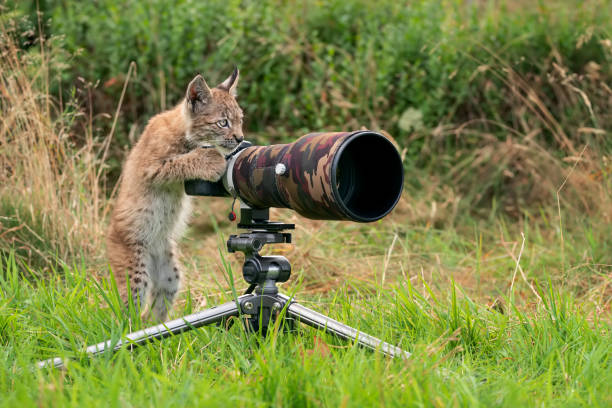
Wildlife Photography
- Animal Subjects: The subjects are wild animals, which cannot be directed or posed. Photographers must capture the animals as they are, which requires a different approach than working with human subjects.
- Observation and Anticipation: The photographer must observe quietly and often wait for long periods for the subject to appear or to display interesting behavior. This requires patience and an understanding of the animal’s habits and likely actions.
- Behavioral Captures: Instead of creating poses, wildlife photographers aim to capture natural behavior, whether it’s an animal on the hunt, at rest, interacting with others, or displaying mating rituals. These behaviors give viewers a glimpse into the life and habits of the subject.
- Ethical Interaction: The interaction with wildlife is one of observation and minimal disturbance. The ethical wildlife photographer maintains a respectful distance and does not interfere with the animals’ natural activities.
Expanding the Comparison
In fashion studio photography, the subjects are part of a creative process. They are there to help materialize a concept or vision, which is often meticulously planned. The interaction is direct and intentional, with the photographer guiding the model towards the realization of an idea. This creates an environment where the final image is a result of human collaboration and design, with the subject matter being an integral part of that creative process.
Wildlife photography, by contrast, is a practice of capturing life as it unfolds in the natural world. The subjects of these photographs are not participants in the creative process but are rather the focus of documentary interest. The photographer’s interaction with the subject is fundamentally non-intrusive, and the resulting images are often as much a surprise to the photographer as they are to the audience. The skill lies in the ability to anticipate and react, rather than direct and control.
Thus, while fashion studio photography is often about the portrayal and sometimes transformation of reality to fit a creative vision, wildlife photography is about the respectful and accurate representation of reality as it is encountered. Each requires a unique set of skills, both technical and interpersonal, tailored to the subject matter at hand.
Purpose and Usage:
Fashion Studio Photography
- Controlled Environment: The studio is an environment that can be manipulated and controlled. Photographers can adjust every element, from the background to the lighting to the temperature, ensuring optimal conditions for the desired image.
- Predictable Settings: Studios provide a predictable setting where variables such as light can be managed with precision. This predictability allows for consistent results and the ability to replicate specific lighting setups or scenes.
- Accessibility of Gear: All equipment is at hand, and additional tools or accessories can be easily accessed. This allows for quick changes during a shoot, such as swapping out lenses or modifying the lighting to achieve different effects.
- Comfort and Convenience: Studios offer a level of comfort for both the subjects and the photography team, which can be essential for long shoots. Amenities like makeup areas, changing rooms, rest areas, and even catering contribute to a comfortable working environment.
Wildlife Photography
- Unpredictable and Variable Conditions: The natural environment is unpredictable. Weather conditions can change rapidly, light varies throughout the day, and terrain can be challenging. Wildlife photographers must adapt to these conditions and still manage to capture their subjects.
- Limited Control Over the Environment: Unlike studio photographers, wildlife photographers have very little control over their environment. They can’t change the lighting or background; they have to work with what nature provides and sometimes use these challenges to their advantage.
- Equipment Constraints: Gear must be carried to the location, often over long distances or difficult terrain. This limits the amount of equipment a wildlife photographer can bring, making it important to choose the right equipment for each expedition.
- Physical and Environmental Challenges: Wildlife photography often requires endurance and resilience. Photographers may have to wait for hours or even days for an animal to appear, often in harsh or uncomfortable conditions, and always with an eye to their own safety and the preservation of the natural habitat.
Expanding the Comparison
The studio environment is akin to a blank canvas where photographers can create conditions that suit their vision. This level of control allows for the fine-tuning of every aspect of the shoot. If the first set of images isn’t perfect, adjustments can be made, and the shot can be taken again under nearly identical conditions. This control also extends to the timing of the shoot, which can be scheduled and executed regardless of external factors like weather.
In the wild, the unpredictability of the environment adds a level of complexity and authenticity to the photography process. The weather, lighting, and subject behavior are all variables that are out of the photographer’s control. Instead of creating the conditions for the perfect shot, wildlife photographers must seek it out, often adapting their techniques and plans on the fly. This can result in images that are unique and impossible to replicate, capturing a moment in time that is truly one-of-a-kind.
Furthermore, the physical demands placed on wildlife photographers are significant. They must be prepared for the rigors of the natural world, which can test their physical limits and require a deep respect for the environment and the subjects they are capturing. This often leads to a profound connection between the photographer and the natural world, and this connection can be deeply reflected in the art they produce.
In conclusion, while studio photography is about control and creation within a confined space, wildlife photography is about adaptation and discovery in the vastness of nature. Both require an in-depth understanding of the environment in which they work, but the approaches and experiences are vastly different.
Skill Set:
Fashion Studio Photography
- Commercial Purpose: The end results are typically intended for commercial use: advertising, brand representation, and fashion editorials. The images are often part of marketing campaigns designed to sell products or services.
- Highly Stylized Images: The images from fashion shoots are generally highly stylized and edited to fit into the brand’s aesthetic. They’re meant to be eye-catching and to convey a certain lifestyle or ideal.
- Trends and Current Styles: Fashion photography is often about capturing and setting trends. The images must be current and are often seasonal, which means they have a shorter relevance span as they need to reflect the latest styles.
- Publication in Various Media: The final images are used across a wide range of media, including print magazines, online platforms, billboards, and in-store displays. They need to be of high quality to withstand large-format printing and public display.
Wildlife Photography
- Artistic and Documentary Purpose: Wildlife photography is often used for artistic, educational, and documentary purposes. The images can be appreciated for their aesthetic value and also serve to inform and educate about wildlife and conservation issues.
- Naturalistic and Authentic Representation: Wildlife images are less about the style and more about authentic representation. While some editing is done, the goal is often to keep the images as true to the observed scene as possible.
- Timelessness: Unlike fashion photography, wildlife photography can be timeless. A powerful image of an animal in its natural environment doesn’t lose relevance, and such images can be used and appreciated for many years.
- Diverse Usage: While wildlife images can be used commercially, their usage is often more varied and includes educational publications, conservation efforts, gallery exhibitions, and art in private collections.
Expanding the Comparison
The intention behind the photograph in fashion studio work is often predetermined by commercial objectives. These images are meticulously crafted not only to be visually appealing but also to evoke a desire for the consumer to engage with the brand, whether that’s through buying clothes, and accessories, or embracing a lifestyle. The emphasis is on creating a fantasy or ideal that resonates with a target audience. The images are carefully retouched to ensure they align with the creative direction of the brand or publication, which can often mean an aspiration towards perfection.
In contrast, wildlife photography serves a more varied range of purposes, not all of which are commercial. While some wildlife photographs are indeed sold as fine art and may fetch high prices in galleries or private sales, others may be used in more educational or conservational contexts. The images serve as a bridge between the general public and the often inaccessible natural world, fostering appreciation and awareness of wildlife and the environment. Here, the beauty lies in the authenticity and the ability to capture and convey the essence of the wild. The images can also have an element of timelessness; a compelling wildlife photograph can remain relevant and retain its impact far longer than the seasonal nature of fashion imagery.
In terms of usage, fashion images are predominantly destined for the commercial market, which demands a rapid turnaround and often broad dissemination across multiple platforms and formats. Wildlife photographs, on the other hand, might find their place in a natural history museum, an educational book, or on the wall of a nature enthusiast, serving as a lasting testament to a moment of natural wonder. These different end goals fundamentally influence not just the photographic process but also the post-processing and presentation of the final images.
Conclusion:
In conclusion, fashion studio photography and wildlife photography represent two distinct realms within the field of photography, each with its unique challenges, techniques, and objectives. Fashion studio photography is characterized by its controlled environment, where every element from lighting to the subject is meticulously orchestrated to create images that align with commercial or artistic visions. It’s a world of human collaboration, where artistry meets advertising, and images are crafted to capture the ephemeral trends of style and culture.
Wildlife photography, by contrast, is an exercise in patience and adaptability, requiring photographers to immerse themselves in the unpredictable conditions of the natural world. It is less about creating moments than capturing them, less about imposing vision than discovering it. The images produced are valued not only for their aesthetic appeal but also for their ability to educate, inspire, and raise awareness about the natural environment and its inhabitants.
While the two may seem worlds apart, both are united by the photographers’ passion and skill in wielding the camera to capture their subjects in a way that resonates with their audiences. Whether it’s the glamor of the fashion world or the raw beauty of wildlife, each photograph tells a story, evokes emotion, and has the power to influence perception. And though the techniques and settings may differ, at the heart of both disciplines is the art of seeing — the ability to perceive and to translate that perception into an image that speaks beyond words.
